From egg production (spoiler alert: No chicken lays eggs every day) to regal plumage, these nine types of chickens are among the most prized varieties of backyard hens. Whether you are looking for the friendliest chicken breed (hint...a Sussex can be trained to eat out of your hand!) or the best chicken breed for beginners (check out the cool, calm, and collected Plymouth Rock!), our chicken breeds chart breaks down the appearance, temperament, and average egg production (including shell color) of these top types of chickens. Can't make up your mind? Mixing different breeds in a single coop is no problem at all. In fact, like a well-appointed room, a "curated flock" is all the more alluring.
Now you're probably asking, "I've decided what type of chicken I want to raise, but where can I buy chicks?" “Buying chicks online is a safe way to bring hens home,” says chicken expert and author Kathy Shea Mormino of The Chicken Chick. But she advises purchasing only from a hatchery certified by the National Poultry Improvement Plan, such as mcmurrayhatchery.com. Local farm-supply stores, such as Tractor Supply Co., also often have chicks available seasonally, although usually with fewer breed varieties. Psst: Hens don’t start producing eggs until they are approximately 20 to 24 weeks old. If you don’t want to wait that long, consider a “started pullet,” which is a hen that’s 15 to 22 weeks old. Once accustomed to her new surroundings, she’ll begin laying eggs very soon.
Now you better get to tackling that coop. To get started, check out these inspiring and easy to build DIY chicken coops, or if you'd rather click and buy, shop these backyard chicken coops you can order today. If you are a first-time chicken keeper, also check out our handy guide to everything you need to know to start raising chickens.
Now go get clucking!
1 Araucana Hen
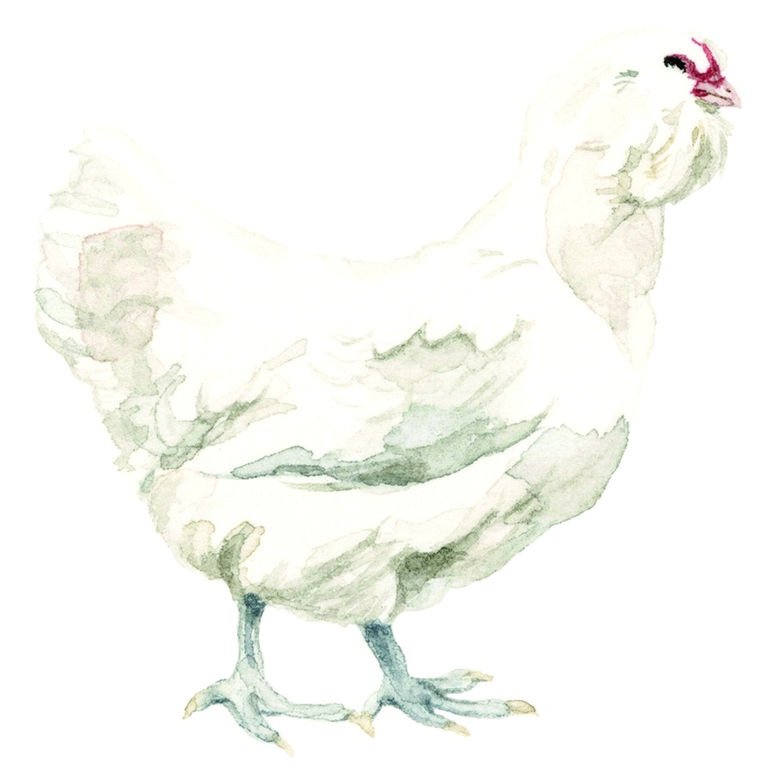
APPEARANCE: The upright Araucana has distinct “tufts” at the cheeks and no tail. Its feathers come in an impressive range of colors: black, white, buff, silver, golden duckwing, and more.
TEMPERAMENT: This hen has high-energy that some owners find appealing while others find a chore.
EGG PRODUCTION: This breed will lay roughly 150 eggs per year, usually in that coveted country-blue shell.
2 Australorp Hen
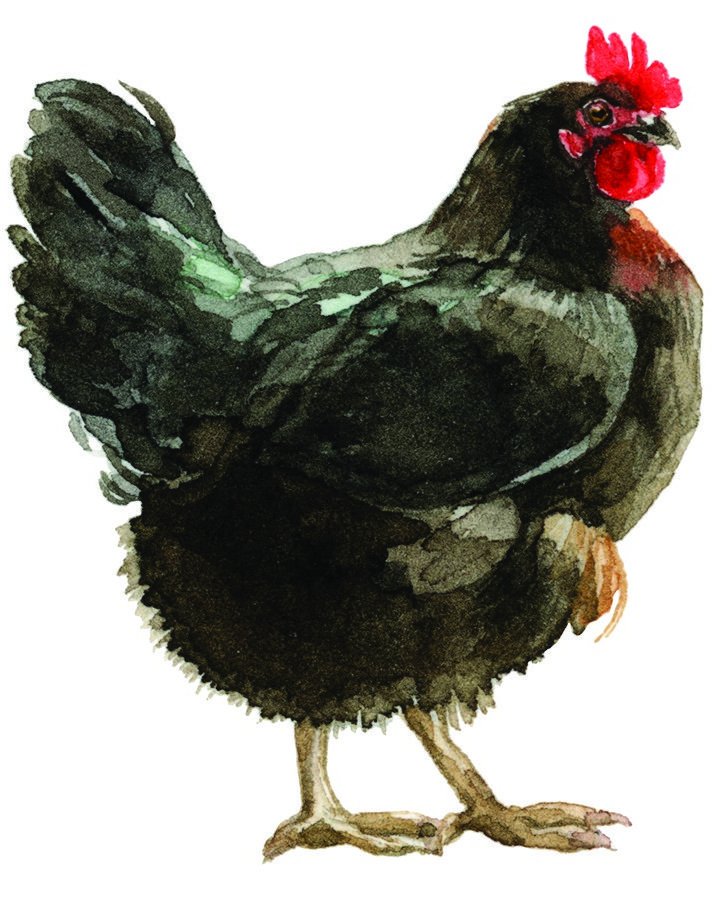
APPEARANCE: This gentle hen boasts soft, shiny black plumage with tinges of green and purple.
TEMPERAMENT: Australorps are gentle and tolerant of confined spaces, making them a good breed for beginners and for smaller chicken coops.
EGG PRODUCTION: Two hundred to 300 light-brown eggs per year is not uncommon for this heavy egg-layer. (An Australian Australorp holds a record for laying 364 eggs in 365 days!)
3 Buff Orpington Hen

APPEARANCE: A full coat of billowy golden-yellow feathers gives this British heritage hen both a regal air and a safeguard against cold winters.
TEMPERAMENT: The Buff Orpington is tame and easy to socialize. Until as recently as 2016 they were considered endangered, but the backyard chicken craze has reversed the trend.
EGG PRODUCTION: They can get “broody” during summer months, hence a lower egg count of around 150 large brown eggs yearly.
4 White Leghorn Hen
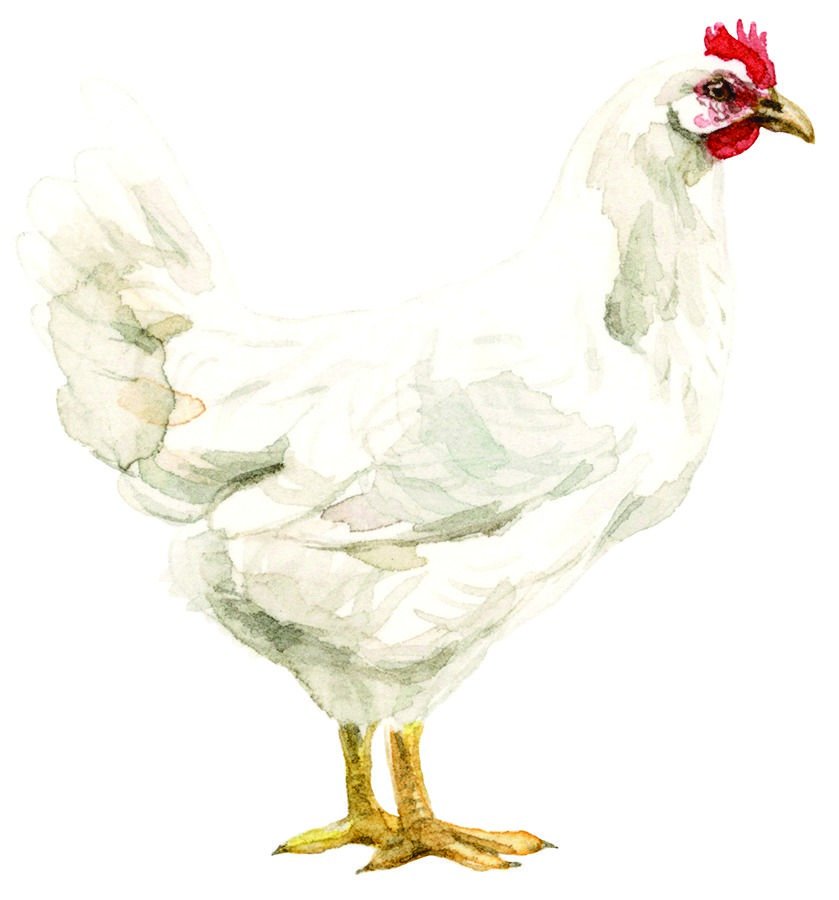
Appearance: Prized for an all-white body and bright-red comb, this small, noisy Italian import has been gracing American homesteads since the 1800s.
TEMPERAMENT: Fact: Yes, these were indeed the inspiration for ole Foghorn Leghorn. But, despite his boisterous persona, Leghorns are actually known to be shy.
EGGS: Expect an annual output of about 200 white, medium-size eggs
5 Marans Hen
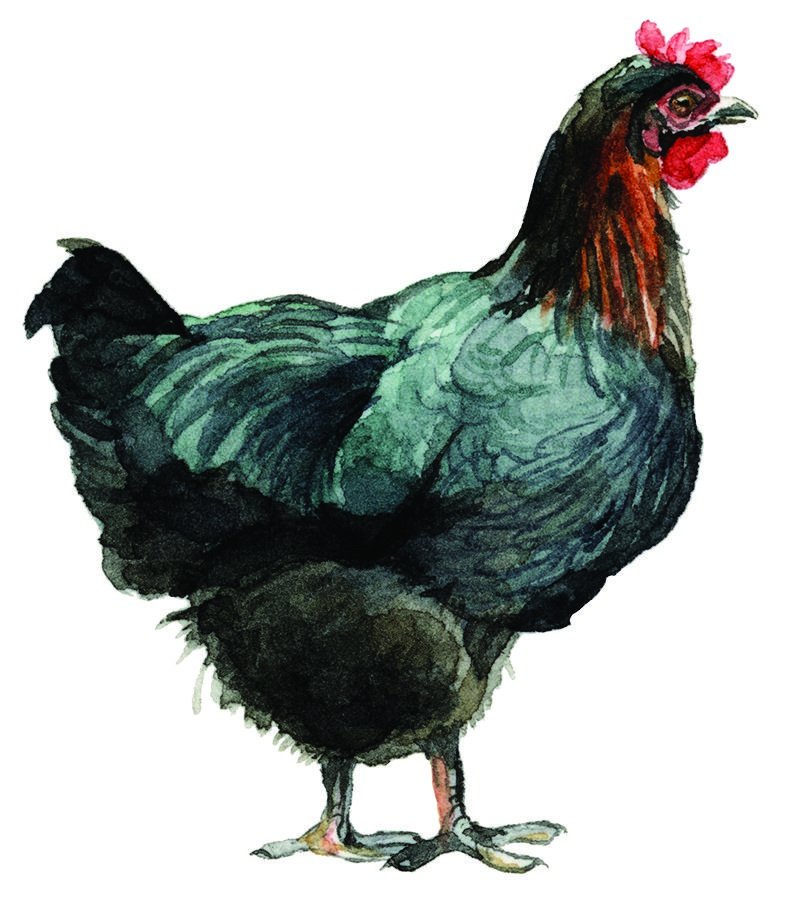
APPEARANCE: These handsome hens come in a variety of colors, such as blue copper, golden cuckoo, and black copper.
TEMPERAMENT: These aren't the most friendly of the chicken breeds, but they require very little space, making them a good choice for a compact yard.
EGGS: You’ll see up to 200 medium-size, rich chocolate-brown-colored eggs annually. (If you’re kids think they’re an Easter prize, they won’t be the first!)
6 Plymouth Rock Hen
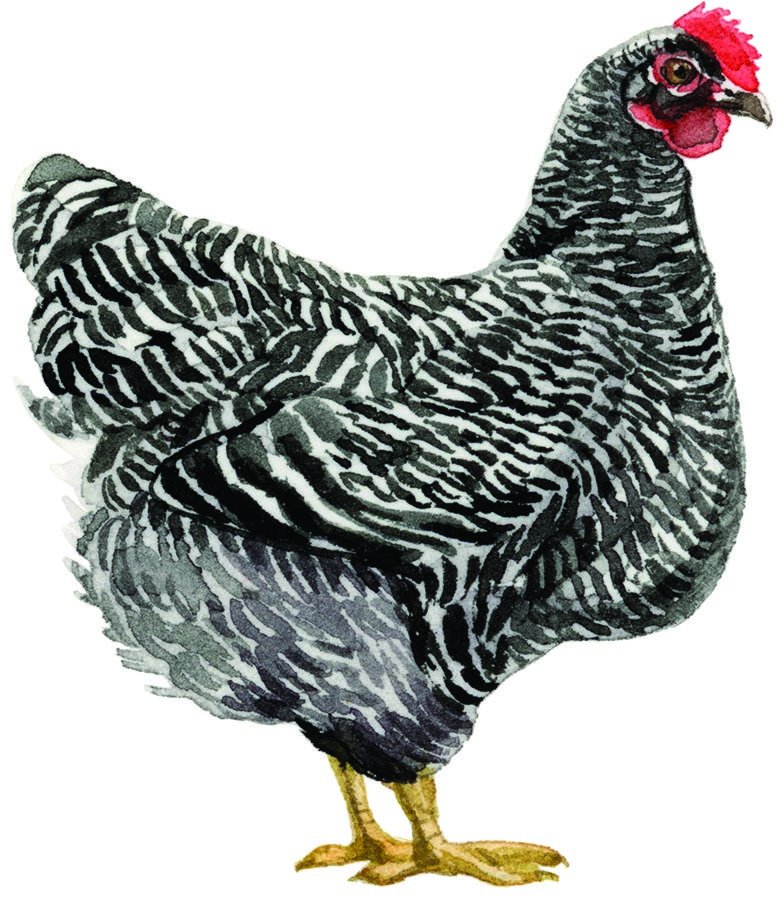
APPEARANCE: The Plymouth Rock is noted for its black-and-white-striped feathers rounding their bodies.
TEMPERAMENT: Known for their longevity, easy dispositions, and reliable egg production, Plymouth Rocks (also known as Barred Rocks) are an especially smart choice for beginners.
EGGS: Expect 200 light-brown to medium-brown eggs each year
7 Rhode Island Red Hen

APPEARANCE: Despite this American original’s name, the Rhode Island Red's feathering can vary from a rusty color to black.
TEMPERAMENT: The state bird of Rhode Island is known for being hardy and capable of fending for itself.
EGGS: Expect upward of 250 brown and medium-in-size eggs per year. They are also considered a “dual purpose” hen that can be raised for both eggs and meat.
8 Silkie Hen

APPEARANCE: What these hens lack in egg production, they make up for with serious poultry panache. A bantam bird (meaning they’re smaller than other breeds), these charmers have elaborate plumage and come in a variety of colors.
TEMPERAMENT: A popular breed for beginners, Silkies are known for a demeanor as charming as they are attractive.
EGGS: Categorized as an ornamental breed, many lay fewer than 100 brown eggs a year.
9 Sussex Hen
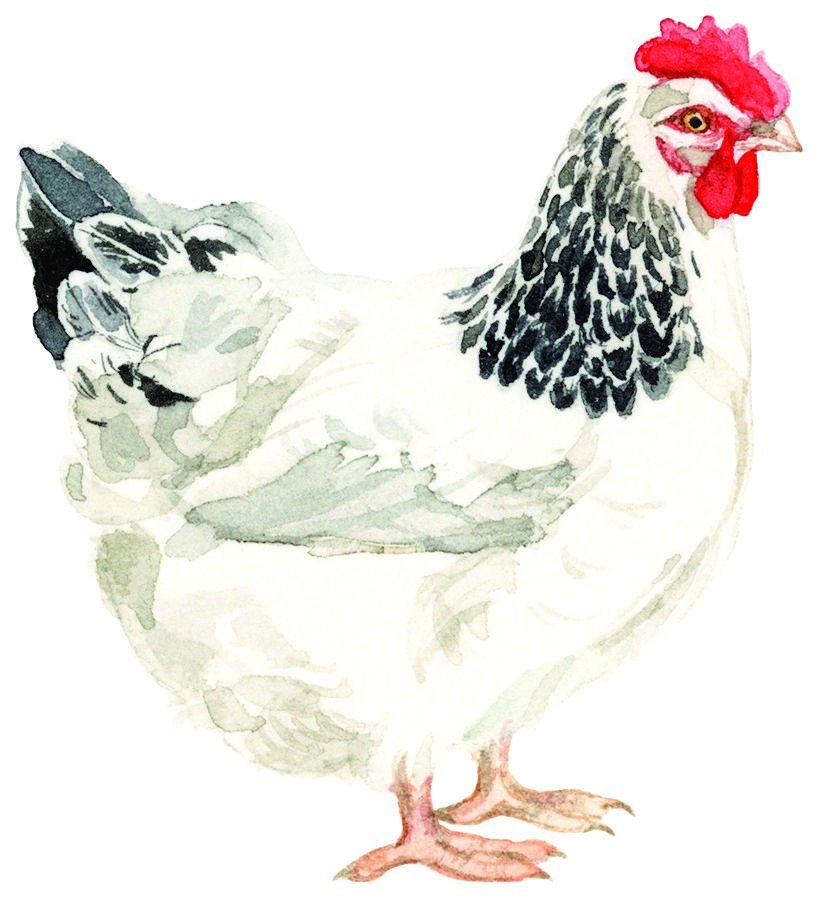
APPEARANCE: This larger-than-average breed comes in a whopping eight different colors. The most common? A white body with black neck and tail feathers.
TEMPERAMENT: The Sussex is a calm and curious breed that won’t destroy a yard and can be trained to eat out of your hand.
EGGS: Can produce 250 eggs or more each year in colors that range from brown to a creamy white.



![A Tranquil Jungle House That Incorporates Japanese Ethos [Video]](https://asean2.ainewslabs.com/images/22/08/b-2ennetkmmnn_t.jpg)









